Aglipayan Churches of Abra
Iglesia Filipina Independent - Abra
The Aglipayan Churches of Abra
The Aglipayan Church – A Brief History
The Philippine Independent Church (PIC) or Iglesia Filipina Independiente was founded on August 3, 1902 with Gregorio Aglipay as its first Obispo Maximo (Supreme bishop).
Co-founders of the church were Gregorio Aglipay and Isabelo de los Reyes y Florentino, who was imprisoned during the revolution for his criticism of Spanish clergy and government officials in the Philippines. Aglipay accepted de los Reyes’ request that he serve as the supreme bishop of the new church in 1903, a position he held until his death in 1940.
In its early days, the PIC became a major religious sect that attracted many followers to its anti-friar and anti-imperialism campaigns.
As a matter of fact, PIC churches displayed the Philippine flag at the side altar to impress to the public its reverence to the country and to the heroes who fought during the Spanish and American colonial period.
Although many Spanish friars protested abuses by the Spanish government and military, others committed abuses. Some blocked the ascent of native clergy in the Catholic hierarchy, and claimed vast estates from landless farmers. Cases of sexual abuse of women were widely known, and priests were known to sire illegitimate children. Anak ni Padre Dámaso (child of Father Dámaso), alluding to a character in one of José Rizal’s novels, became a cliché or stereotype to refer to an illegitimate child, especially that of a priest. The executions of Fr Mariano Gomez, Fr José Burgos, and Fr Jacinto Zamora (collectively known as the Gomburza) at the hands of Spanish authorities is said to have had a deep effect on Dr José Rizal and subsequently the 1896 Philippine Revolution.
Photo credit: http://aglipayan.wordpress.com/
The Revolution
At the end of the 19th century, Filipino nationalism emerged, preceding the struggles of other colonies in Asia, such as India and French Indochina. Spain’s last remaining colonies in the Americas, Cuba and Puerto Rico, were fighting for secession at the same time. After the execution of prominent native-born clergy such as the Gomburza at the hands of the Spanish royal authorities, Church reforms became a facet of the Philippine Independence movement.
Factionalism
Winning large numbers of followers in its early years because of its nationalist roots, Aglipayan numbers decreased due to factionalism and doctrinal disagreements. Some factions,tending towards more radical protestant reforms, formally joined other denominations including the Episcopal Church and the American Unitarians. The definitive growth limiting factor was the decision of the American government, after the Spanish-American War, to award the seized Catholic church buildings of the Philippine Independent Church — the majority of which had become Aglipayan during the revolutionary period — to the Roman Catholic Church.
The Evolution of the Diocese of La Union, Ilocos Sur and Abra (LUISA)
The Diocese of LUISA is composed of three Provinces formed into twenty Parishes.
Province of La Union (Caba, San Gabriel and Bacnotan),
Ilocos Sur ( Sevilla, Babayoan, San Pedro and Daligan in Sta. Cruz; Suyo, Salcedo, Candon, San Esteban, Narvacan, Sto. Domingo, Cabugao, and Sinait)
Abra (Pidigan, Lagangilang, Dolores, San Juan, and La Paz)
This entry is adapted from Wikipedia, Source: Iglesia Filipina Independiente, Our Heritage Our Journey Our Legacy, 2002.
The Aglipayan Church in Abra
At the inception of the Filipino Church in 1902, the whole province of Abra was constituted as the Diocese of Abra. Moved patriotically by the burning nationalist aspirations of the time, the whole populace joined the newly established Iglesia Filipina Independiente.
The only Filipino priest in Abra – Rev. Fr. Ramon Farolan of Bangued – also joined the new church. He was nominated and eventually accepted the position of first Bishop of the new Diocese. In concurrent capacity, Bishop Farolan was also appointed as the Delegado Apostolico del Obispo Maximo en el Valle Cagayan.
The prominent and patriotic laymen in their respective localities, who initiated the organization of the church were revolutionary Col. Blas Villamor, Col. Juan Villamor, Don Escolastico Borbon, Don Juan Valera, the Bringas Family, Seares Family and several others.
In Dolores, the first adherents and founders were Don Rosalio Eduarte, Don Elias Balauro, Don Mariano Zapata, Don Nicomedes Guzman, Don Ambrosio Zapata, Don Pedro Balmaceda, Don Pedro Zapata, Don Antero Barbero , Don Pablo Turqueza, Don Ponciano Buenafe, Don Antonio Tubadeza, Don Mariano and Don Gregorio Taligdan, Don Estanislao Blanco, Don Vicente Tabaniag, Don Adriano Talledo, Don Fructuso Asencio, Don Leodegario Peralta, Don Dionisio Tordil and several others.
The First Priests and Parishes
The pioneer Parishes in Abra were in the old towns of Bangued, Dolores, La Paz, Lagangilang, Pidigan, and San Juan (formerly a barrio of Dolores).
The pioneer priests were Reb. Padres Benigno de Lara, Teodorico E. Pascual, Alipio Blanco y Velarde, Sinforoso Bonoan, Evaristo Clemente, Manuel Apostol and Honorato de Lara. In 1927, Bishop Alejandro Remollino y Ordoña succeeded to the Bishopric following the death of Msgr. Farolan.
From 1935 to 1956, the Diocese of Abra was made part of the Diocese of Ambos Ilocos and Abra, when Bishop Remollino was appointed to Cavite.
Gregorio Aglipay
Gregorio Aglipay was an activist Roman Catholic priest from Ilocos Norte who was excommunicated by the Vatican for inciting rebellion within the Filipino clergy, despite his defence of some Spanish Catholic clergy from liberal-nationalist Filipino revolutionaries. During the brief interlude between independence from the Spanish and occupation by the United States, Isabelo de los Reyes (also known as Don Belong) and Aglipay acted to reform the Filipino Catholic clergy.
They founded the Philippine Independent Church in 1902. The new church rejected the spiritual authority of the Pope (then Pope Leo XIII) and abolished the celibacy requirement for priests, who were then allowed to marry. All of its clergy were former Catholic priests.
The church drew upon the Masonic Code for concepts of theology and worship. It was supported by Miguel Morayta, the Grand Master of the Spanish Orient Lodge of Freemasonry in Madrid. Aglipay was also a Mason.The historian John N. Schumacher contends that Morayta and other non-Filipino laymen who pushed Aglipay toward schism from the Catholic Church were motivated more by resentment of friars’ activities in the Philippines than nationalism.
Later the newly-independent Church reformed the Latin Tridentine liturgy, adopting the model of Anglican vernacular reform. The Eucharist had been said in Spanish (and sometimes Portuguese) since the earliest days of the Church. Visiting other churches while traveling abroad, Aglipay developed his theology, coming to reject the divinity of Jesus and the concept of the Trinity and becoming Unitarian.
Other Church officials refused to accept this revised theology. Aglipay’s unitarian and progressive theological ideas were evident in his novenary, Pagsisiyam sa Birhen sa Balintawak, 1925 and its English translation, Novenary of the Motherland (1926).
IFI Members of La Paz, Abra with the first Obispo Maximo of Iglesia Filipina Independent, His Eminence Gregorio Labayan Aglipay
Aglipay Bust outside La Paz IFI Church, Abra
Aglipayan Church Trivia
Ferdinand Marcos – Born on September 11, 1917 in Sarrat, Ilocos Norte, was baptised into the Aglipayan or Philippine Independent Church.
Aglipayan Churches of Abra
There are five Aglipayan Churches in Abra. The first was built in the late 1800’s in La Paz, followed by the ones in Lagangilang, Dolores, Pidigan and San Juan.
There is a breakaway fragment of the Iglesia Filipina Independent ( IFI ) in San Juan, the Independent Church of Filipino Christians ( ICFC ).
Not much information is available online or from local people i have talked to about the Aglipayan churches of Abra. Please comment below, email or message on Facebook if you can help add anything of interest such as old photographs, church records, church history and other stories.
Parish of Nuestra Senora de La Paz, La Paz, Abra
The church situated in Poblacion La Paz was built sometime before 1889, is older than the Iglesia Filipina Independiente, and was the first Aglipayan, Iglesia Filipina Independente Church in Abra.
According to its oldest baptismal record, the Church in La Paz was already in existence as early as 1889 under the name “Iglesia Catolica Apostolica Filipina”.
In 1902 the La Paz Parish became one of the founding members of the newly founded Iglesia Filipina Independiente during the imcumbency of Ftr Benigno de Lara.
The text “Iglesia Catolica Apostolica Filipina” is carved in the stone archway of the entrance, but was sadly cement covered over for some reason in the year 2000, the same year that the church was painted blue.
Built of red brick the structure has stood the test of time but the bell tower shows some cracks and is in need of restoration.
There were originally three bells donated by the Adres family. One of which is still used today. A second bell was damaged and is kept in the church office, while the third bells whereabouts is currently unknown.
The church is one of two Abrenian IFI churches to have been added to the NCCA MAPAMANA list but is still not on the list of Philippine Registry of Cultural Properties.
Easter Angels of La Paz IFI Aglipayan Church, La Paz, Abra, Philippines
1930s Photos Courtesy of Maam Marie Nerie Taclawan via
Mc Greggy Cabilan Cabay
Saint Isidore the Farmer – Lagangilang
What must have once been an impressive building when first built at the beginning of the 1900s, the church has fallen into a state of bad repair. Built from river stones, pebbles and red brick with a stand alone bell tower to one side, the remains of which can still be seen, the church building bears little resemblance to the original it once was. Now a patchwork of modern hollow blocks, river stones and concrete, it is a pity that funds could not be found to better preserve this Heritage church.
A bell tower built with hollow blocks has been erected at the front and seems out of place. There are two bells but access to them is difficult to check for inscriptions, dates etc.
San Isidore the Farmer church is situated down a side street behind the Municipal building in Lagangilang.
Lagangilang Aglipayan church has been added to the NCCA MAPAMANA list but has still not on the list of Philippine Registry of Cultural Properties.
The church records were destroyed in a fire a few years ago, so if anyone can help with any further information and old photos it will be appreciated.
We still need more information about this church. Can you help?
Our Lady of Sorrow, Dolores, Abra
A plain looking building, the church is situated in Poblacion Dolores. There is a stand alone bell tower, constructed in February 1976, to one side with three bells donated by local families. The top bell has somehow been damaged, the lower bell was, according to its inscription, donated by Romana Balaoro in December 1930.
St.Isidore the Farmer, Badas, San Juan
This small church is situated at the entrance to Brgy Badas, San Juan, Abra from Dolores end.
Iglesia Filipina Independiente San Juan Abra on Facebook
We still need more information on this church.
Mission Parish of Immaculate Concepcion,
Pidigan, Abra
Date founded unknown. A small church building in the centre of Pidigan and originally built from red bricks.
There are Baptismal records dating from 1939. There is one bell hanging outside at the side.
More information needed on this church please.
Independent Church of Filipino Christians | Aglipay Memorial Church
An IFI breakaway church. No history of the church or the building was known by local people living near the church.
Click Open to Find Out How to travel to Abra
How to travel to Abra from Manila
By Bus
- From Metro Manila, there are three bus companies operating along the Manila to Bangued route.
Partas Bus Company, Viron Transit and Dominion Bus Lines. - Journey time is around 10 hours
- Fare at time of writing is P600
Bus Companies that link Bangued with other destinations are
Bangued to Manila, Baguio – Partas Bus Company
Bangued to Manila, Baguio – Dominion Bus Lines
Bangued to Manila, Baguio – Philippine Rabbit
Bangued to Baguio – Sambrano Bus Lines
Bangued to Manila – Viron Transit
Bangued to Vigan, Tuguegarao – Esonice Bus Lines
Bangued to Baguio, Vigan, Laoag – BBL Transit
By Air
There are no airports in Abra. The closest airport is Laoag, three hours away by car.
- Cebu Pacific and Philippine Airlines have daily flights to Laoag.
- From Laoag take a bus to Vigan and change there for a bus to Bangued
- Or take any bus that is heading south and alight at Narvacan for bus and jeepney connections to Bangued
Related Posts from Abra
Jose Rizal: A Hero-Saint?
Pilgrimage to Seven Churches in Abra
Aglipayan Churches of Abra
#ABRAMAZING
PIN to Read Later
Did you like “Aglipayan Churches of Abra” ? If so then please share this page with your friends.
Leave a comment below to let me know what you liked best.
Follow Silverbackpacker on Facebook, Instagram ,Twitter and Pinterest for more travel adventures and be notified about my latest posts and updates!
Thankyou for sharing 🙂
PIN to Read Later
Please Note – All blog post photos on Silverbackbacker.com are of a lower quality to enable faster loading and save you data. If you would like to buy or license higher quality copies of any of the photographs you can email us at silverbackpackertravels@gmail.com
All photographs and content on this website remain the property of Silverbackpacker.com. Images may not be downloaded, copied, reproduced or used in any way without prior written consent.
Print purchases entitle the purchaser to the ownership of the image but not to the copyrights of the image which still remain with Silverbackpacker.com even after purchase.
Follow Silverbackpacker for more of his Travels
Facebook @silverbackpacker | Instagram @silverbackpacker Twitter @silverbackpaker | Pinterest @silverbackpaker Audere Est Facere – Silverbackpacker.com – To Dare is To Do Affiliate Disclaimer: Links on this website may be affiliate links that could result in us receiving compensation when you purchase a product or service from that link. You do not pay any extra fees for these items. This helps us to keep this website going. Thank you for your support. Disclaimer | Privacy Policy | All Rights Reserved

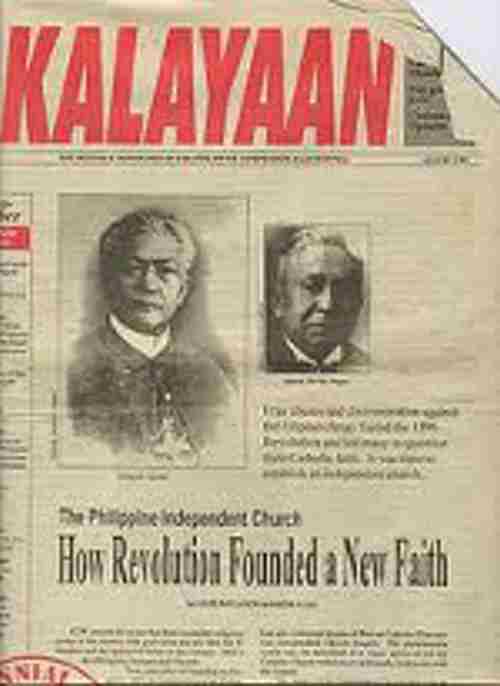





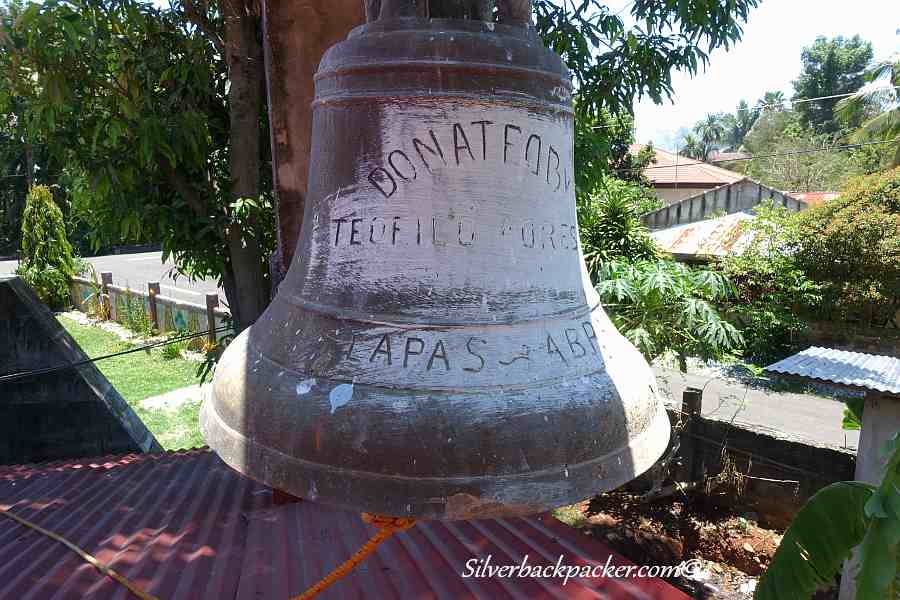

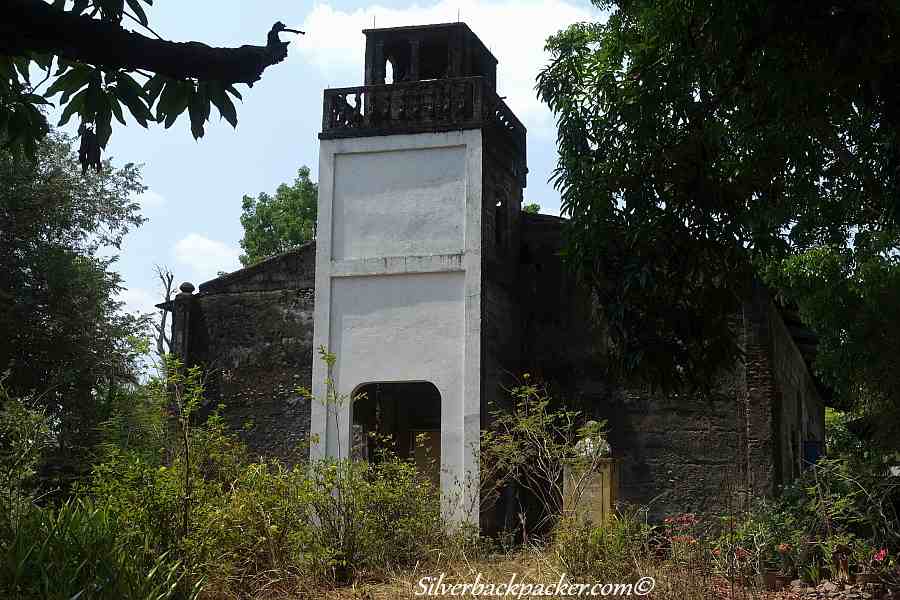


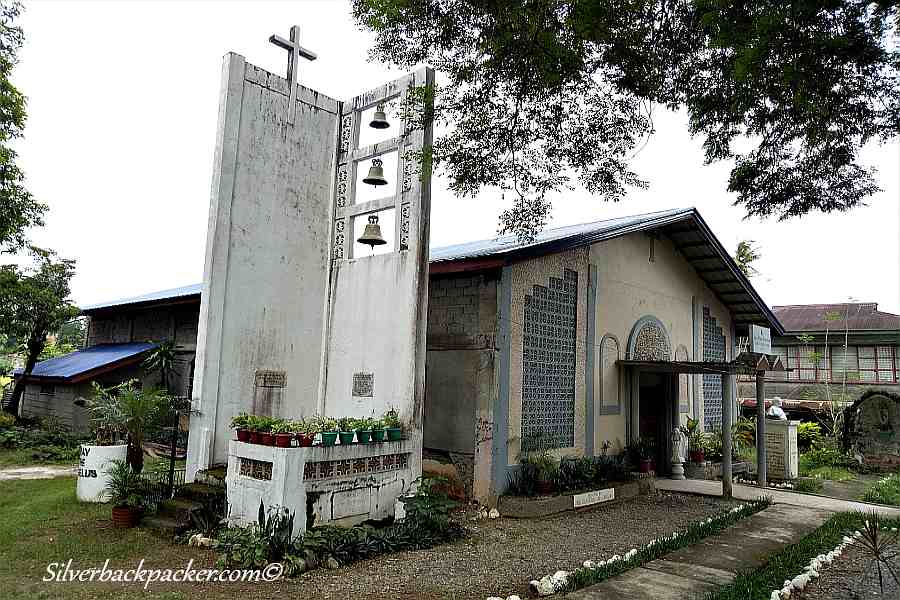
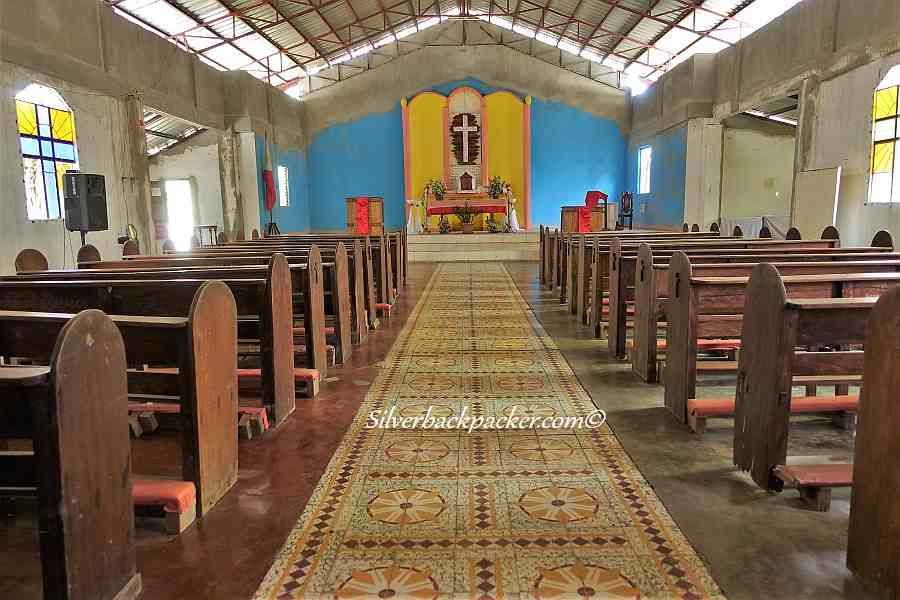


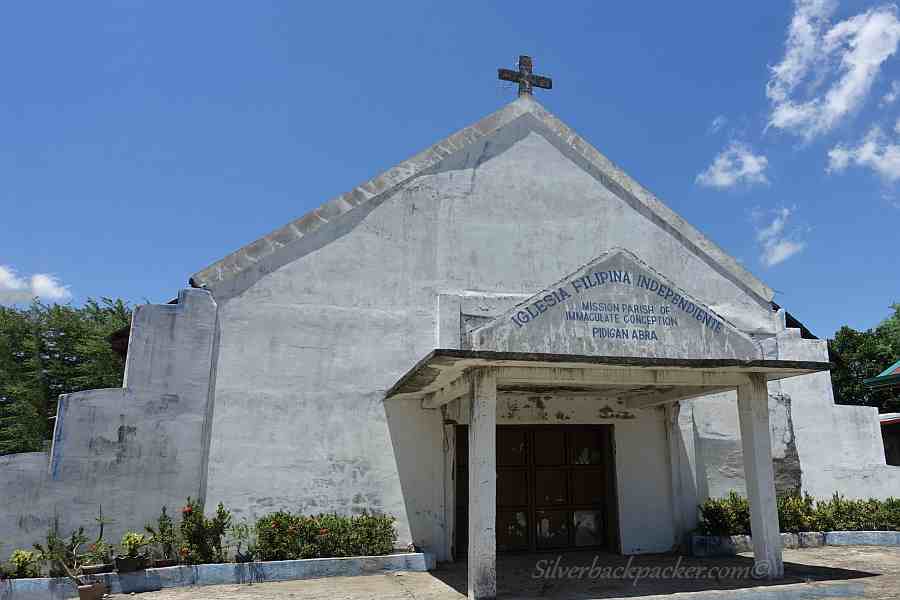


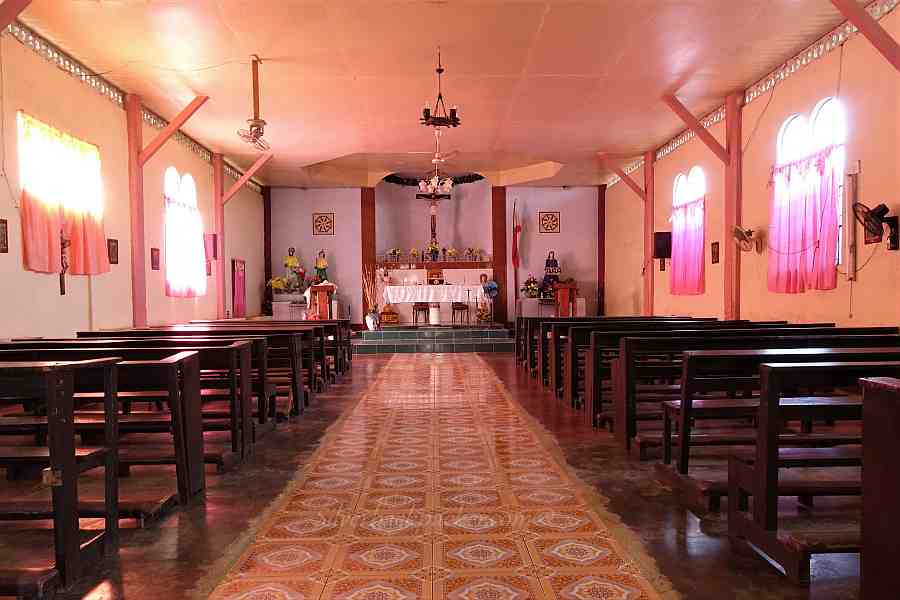


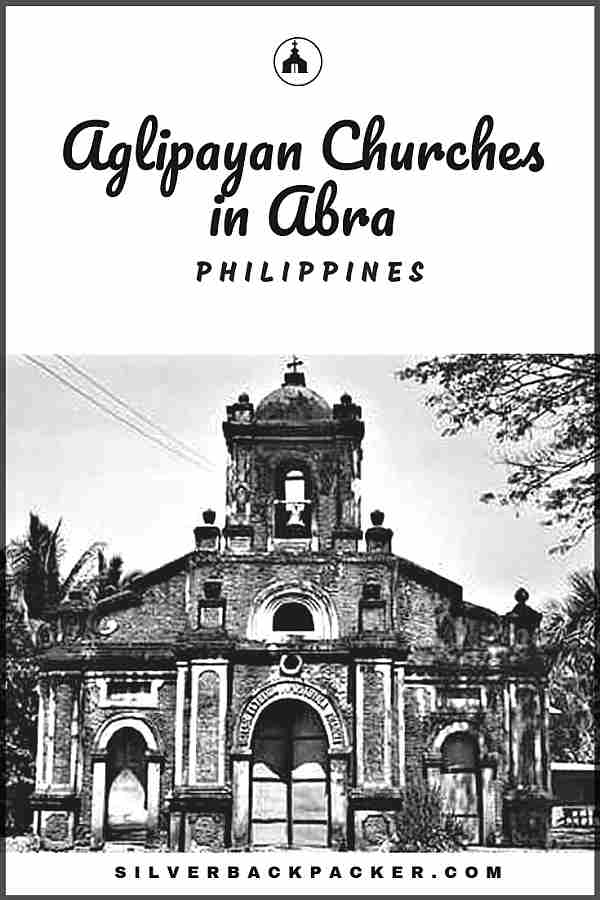

Obispo Manuel Apostol is my grandfather . i am the nineth child of Nenita Neny Peralta Apostol the sister of the late Mayor Dr. Pacifico ( uncle Pasiping) of Cabugao, Ilocos Sur.